
15 Early Warning Signs Your Liver Might Be in Trouble
Your liver is one of the most vital and hardest-working organs in your body. It performs over 500 essential functions, including filtering toxins, aiding in digestion, regulating hormones, storing essential nutrients, and producing proteins critical for blood clotting. Despite its resilience, the liver is not indestructible. When it becomes stressed or damaged, it often sends subtle signals that something isn’t right.
Recognizing these early warning signs can make all the difference—potentially saving your health and even your life. Conditions such as non-alcoholic fatty liver disease, hepatitis, or cirrhosis can progress quietly until it’s too late. The earlier you catch the symptoms, the better your chances of reversing or managing the damage.
Here are 15 early signs that your liver might be in trouble. Don’t ignore them—your body is trying to tell you something important..jpg)
1. Chronic Fatigue
Feeling constantly exhausted—even after a full night’s sleep—could be a result of your liver’s reduced ability to clear toxins from your bloodstream. This toxic overload can make your entire system feel sluggish and overworked.
2. Yellowing of the Skin or Eyes (Jaundice)
A yellow tint to the skin or eyes is one of the most visible and serious signs of liver dysfunction. It occurs when bilirubin—a yellow pigment—builds up in the blood due to the liver’s inability to process and excrete it properly.
3. Dark-Colored Urine
If your urine appears dark amber or brown despite staying hydrated, it could indicate excess bilirubin or liver stress. This is often an early symptom and shouldn’t be ignored.
4. Pale, Clay-Colored Stools
Healthy stools are typically brown due to bile. A noticeable lightening in color, or clay-like appearance, suggests that bile production or flow is impaired—a key liver function.
5. Abdominal Pain or Swelling
Discomfort or bloating in the upper right side of the abdomen, where the liver resides, may signal inflammation, fatty liver buildup, or fluid accumulation from advanced liver disease.
6. Unexplained Weight Loss
Sudden or dramatic weight loss without trying could be the result of a liver that isn’t metabolizing nutrients or fats properly. It may also indicate the body is in distress.
7. Loss of Appetite
A malfunctioning liver can lead to reduced appetite, nausea, or a feeling of fullness even after small meals. Over time, this can contribute to weight loss and nutritional deficiencies.
8. Frequent Nausea or Vomiting
When the liver can’t effectively break down toxins, it can result in frequent digestive upset, including nausea or vomiting—especially after eating fatty foods.
9. Itchy or Irritated Skin
Persistent itching—particularly on your arms, legs, or back—could stem from bile salts accumulating beneath the skin. Itching without an obvious rash may point to liver distress.
10. Swelling in Legs, Ankles, or Feet
Liver dysfunction can lead to fluid retention, especially in the lower extremities. This swelling (edema) may be mild at first but can worsen without treatment.
11. Easy Bruising or Bleeding
The liver produces clotting factors that prevent excessive bleeding. If you bruise easily or notice prolonged bleeding from minor cuts, it could mean your liver is not producing enough of these vital proteins.
12. Hormonal Imbalances
Liver disease can throw off your body’s hormonal balance. In men, this may cause gynecomastia (breast enlargement) or reduced libido, while women may experience irregular menstrual cycles or mood shifts.
13. Mental Confusion or Brain Fog
When toxins accumulate in the blood and reach the brain—a condition known as hepatic encephalopathy—it can lead to memory issues, confusion, mood swings, or even personality changes.
14. Unpleasant Breath Odor (Fetor Hepaticus)
A sweet, musty, or ammonia-like odor on your breath, not linked to oral hygiene, can be a sign of liver failure. It’s caused by the buildup of toxins your liver should be filtering out.
15. Spider Veins or Red Palms
Small, web-like blood vessels on your face, chest, or shoulders (called spider angiomas), along with reddened palms, are visible indicators of liver-related hormone disruption.
Take Action Early—Your Liver Can Heal
The good news? The liver is one of the few organs that can regenerate itself—sometimes even after significant damage. But time is of the essence. If you notice one or more of these symptoms, don’t wait. Speak with a healthcare provider for blood tests, liver function panels, or imaging studies.
Here are a few practical steps to support your liver health starting today:
-
Adopt a liver-friendly diet: Eat whole, unprocessed foods rich in fiber and antioxidants. Avoid trans fats, refined sugars, and fried foods.
-
Cut back or eliminate alcohol: Even moderate drinking can add stress to the liver over time.
-
Stay hydrated: Water helps flush toxins and supports all liver processes.
-
Try herbal liver support: Supplements like milk thistle, dandelion root, and turmeric may promote liver cell regeneration and reduce inflammation.
-
Get regular exercise: Physical activity reduces fat buildup in the liver and improves overall metabolic function.
-
Avoid unnecessary medications and toxins: Be cautious with over-the-counter drugs like acetaminophen and limit chemical exposure in household products.
Final Thoughts: Listen to Your Body
Your liver is a silent hero—working tirelessly behind the scenes to keep you alive and well. But it can’t do its job forever without care and attention. The early signs of liver trouble are your body’s cry for help. The sooner you act, the better your chance of recovery and long-term health.
Don’t let your liver suffer in silence. Nourish it, protect it, and give it the support it needs to keep you thriving.
News in the same category


The Morning Drink That Supports Healthy Weight Loss for Seniors

The Drink That Will Empty Hospitals in 2025: Cures Diabetes, High Blood Pressure, and Even Cancer Without Medication – Complete Recipe Below 👇
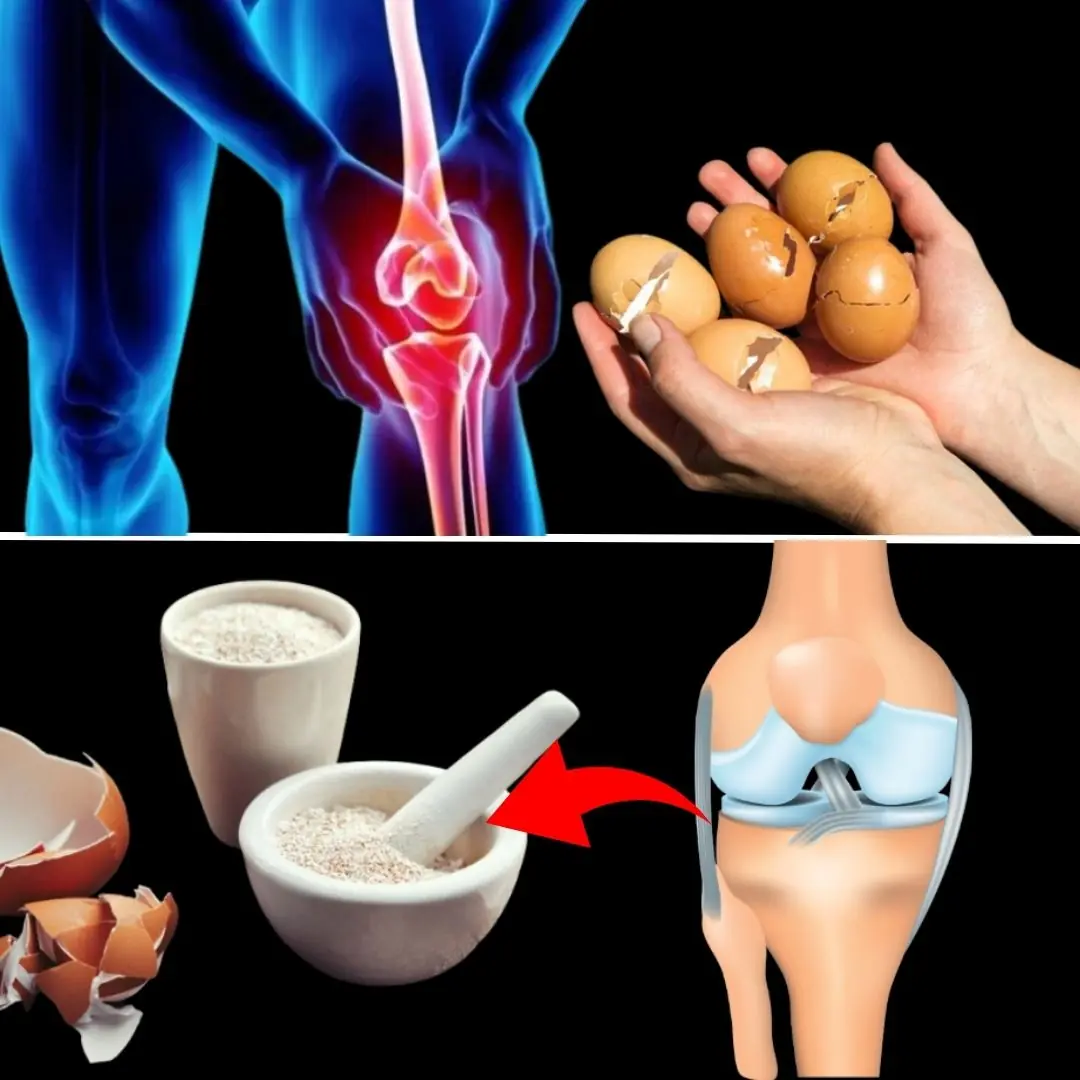
Don’t Ever Throw Away Eggshells Again After Reading This – You Won’t Believe How Useful They Are!

Eliminate Kidney Stones, Fight Urinary Tract Infections, and Reduce Prostate Inflammation—Naturally!
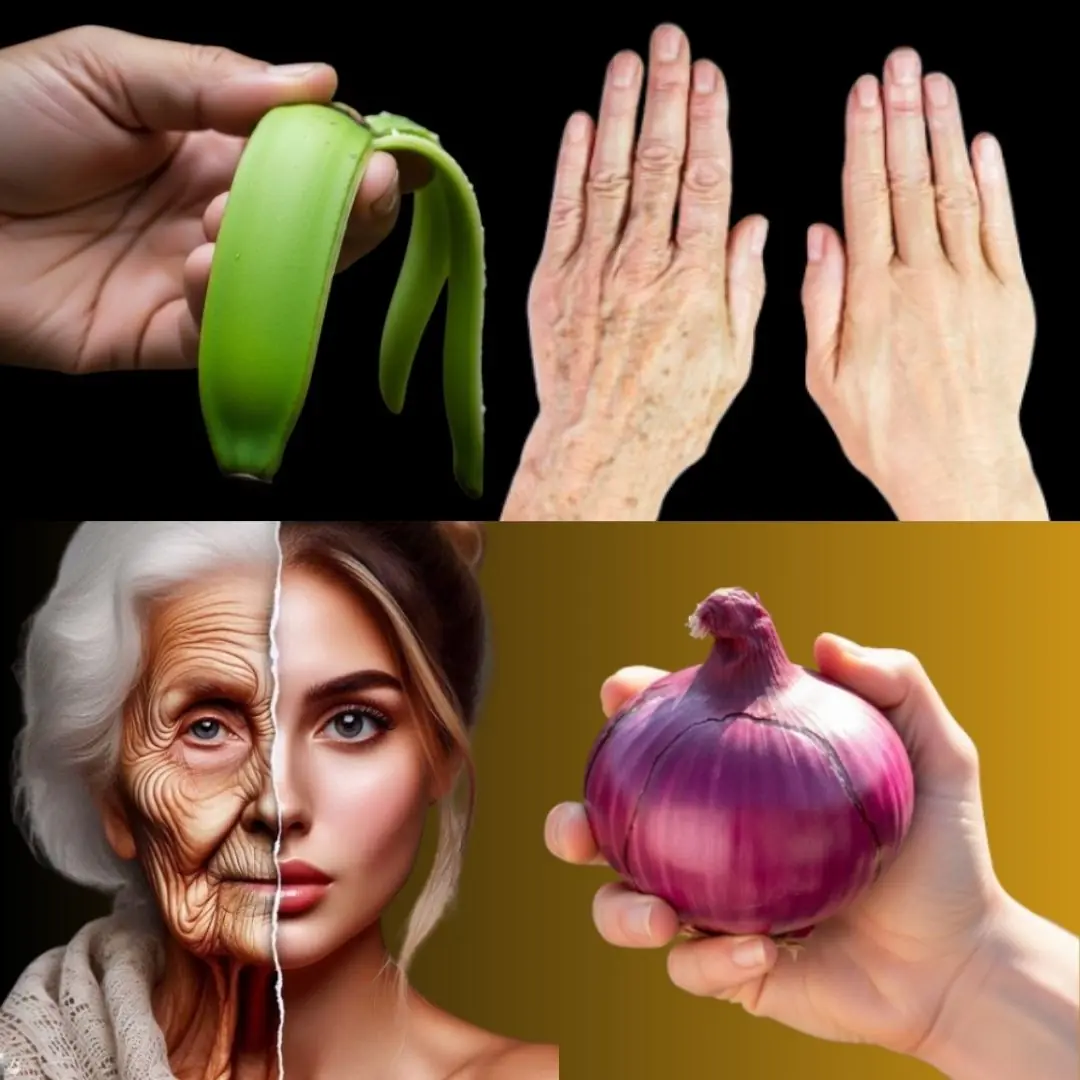
8 Clever Japanese Secrets to Eliminate Wrinkles — Even at Age 70!

Drinking Lemon Water Before Bed: 10 Surprising Health Benefits Most People Don’t Know

7 Reasons to Grow Purslane: The Superfood Weed You’ll Wish You Knew About Sooner
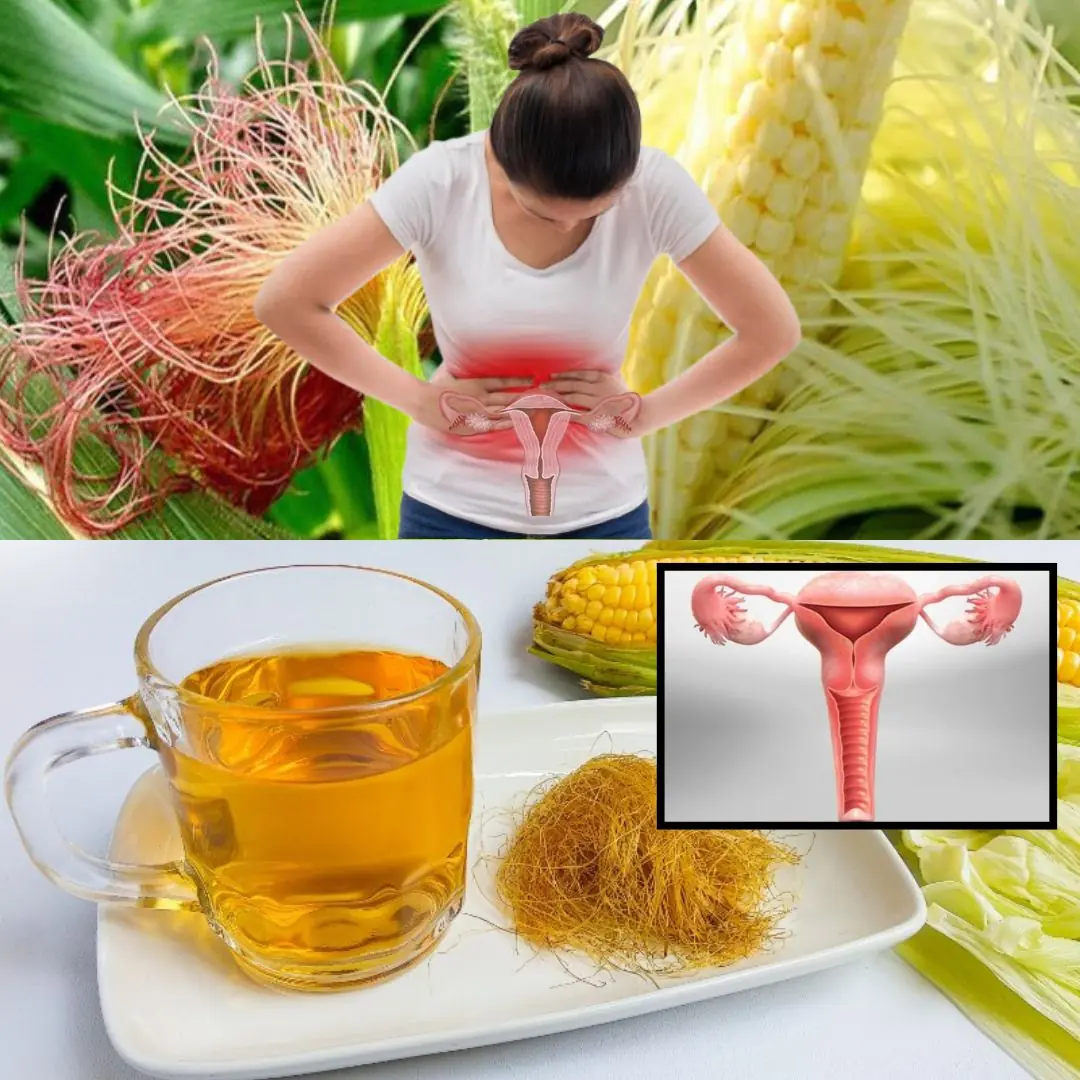
Discover the Benefits: Corn Silk Tea for Health and Wellness
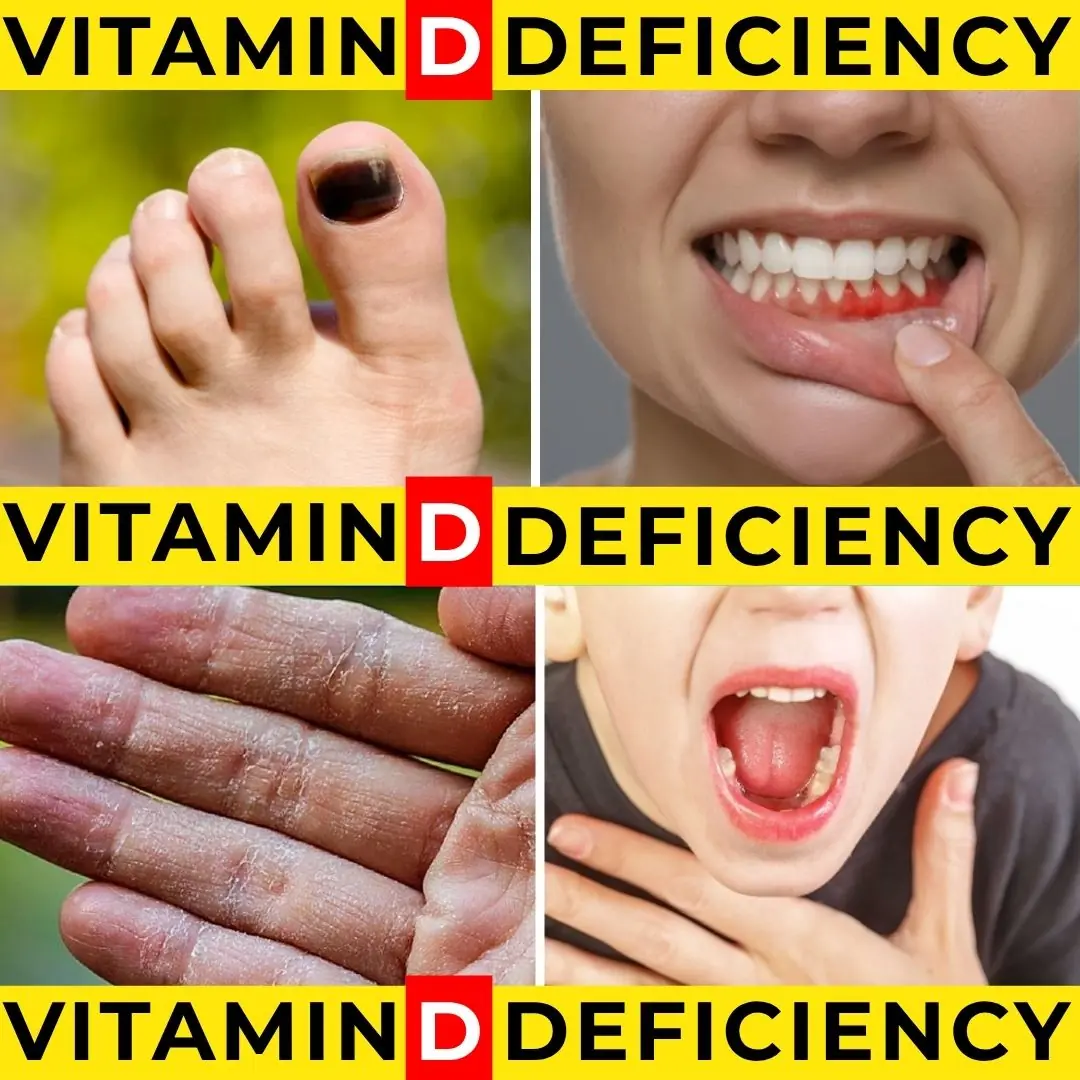
10 Signs Your Body Is Begging for Vitamin D
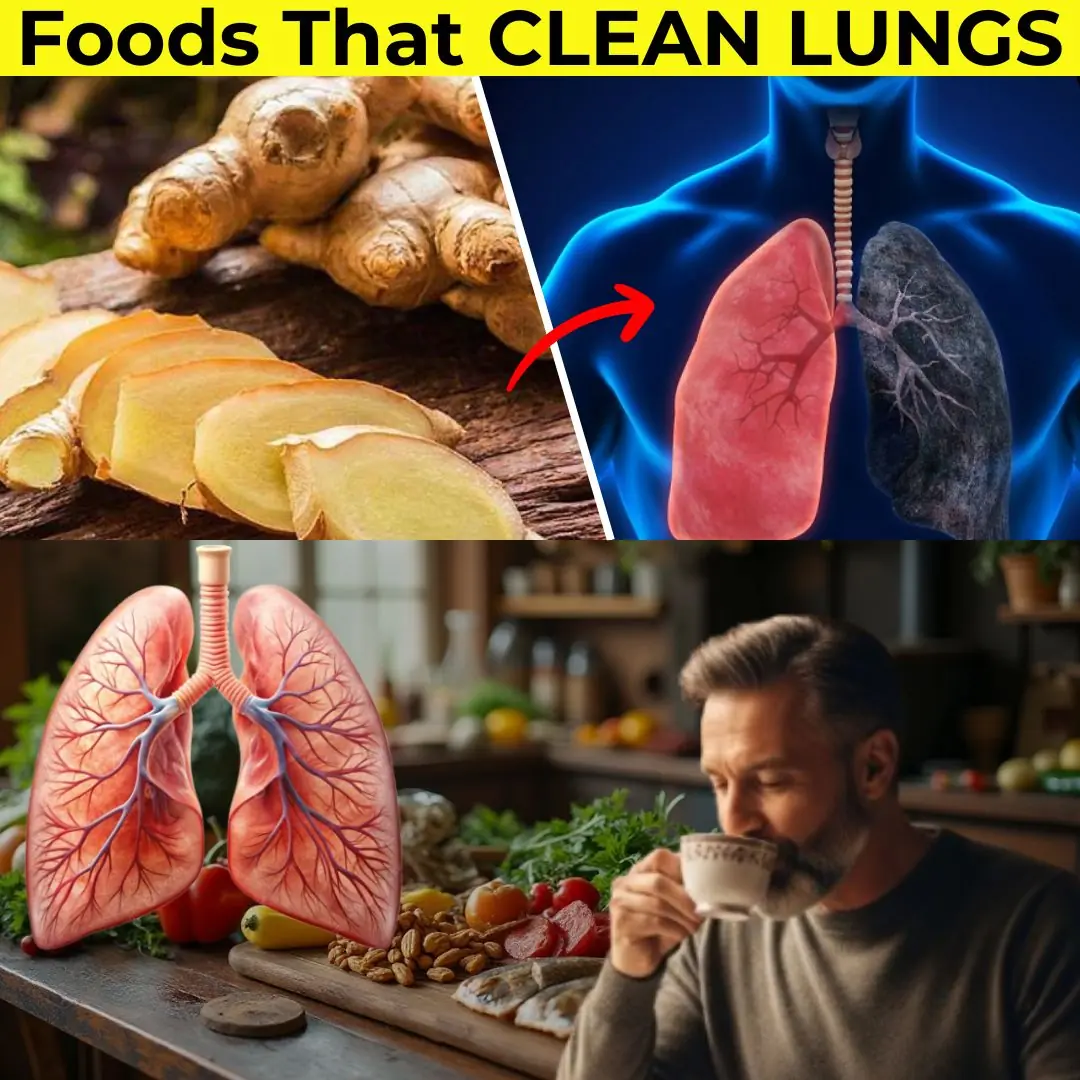
9 Foods That Help You Breathe Easy (Improve Unhealthy Lungs)
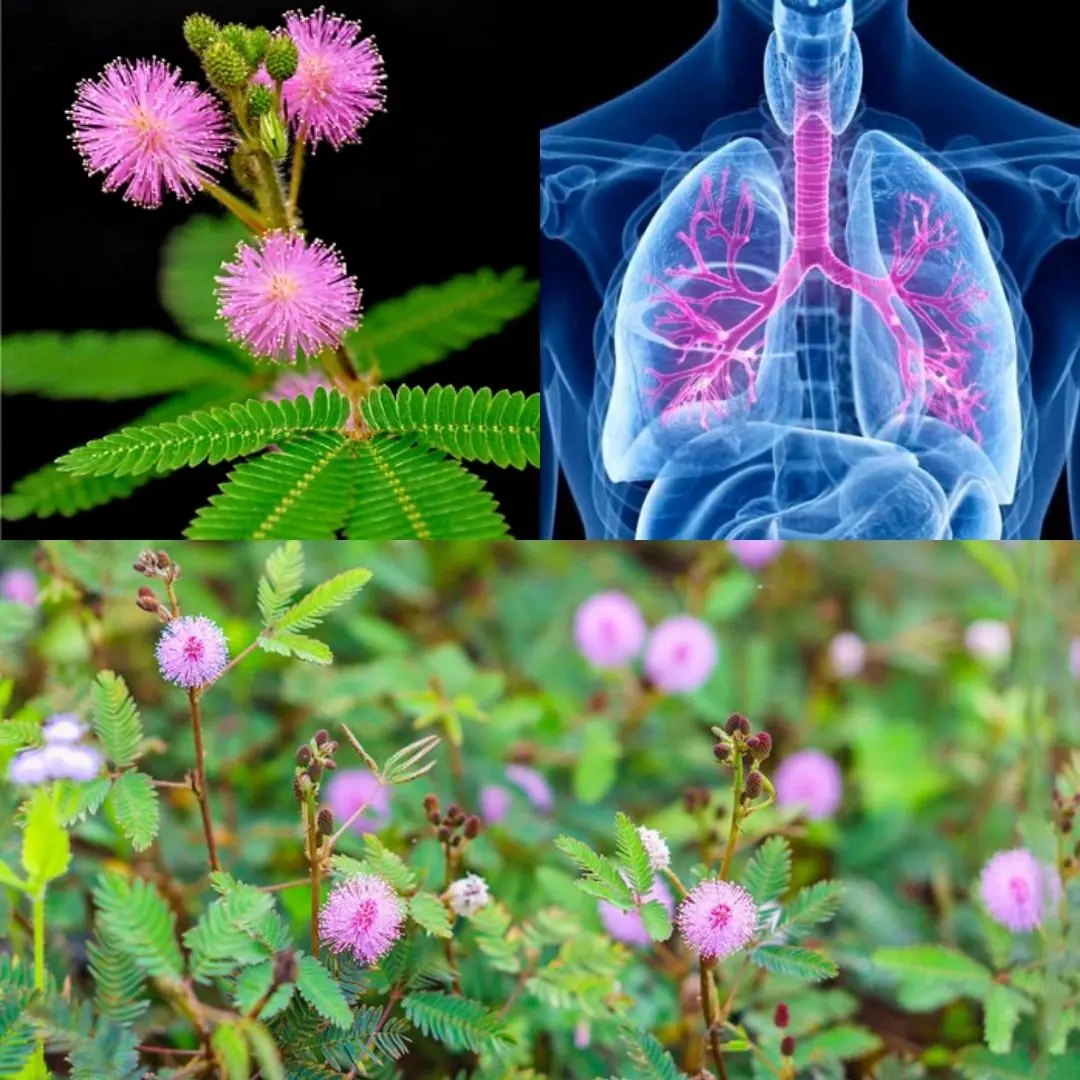
The Hidden Power of Mimosa Pudica: 30 Benefits and Homemade Uses
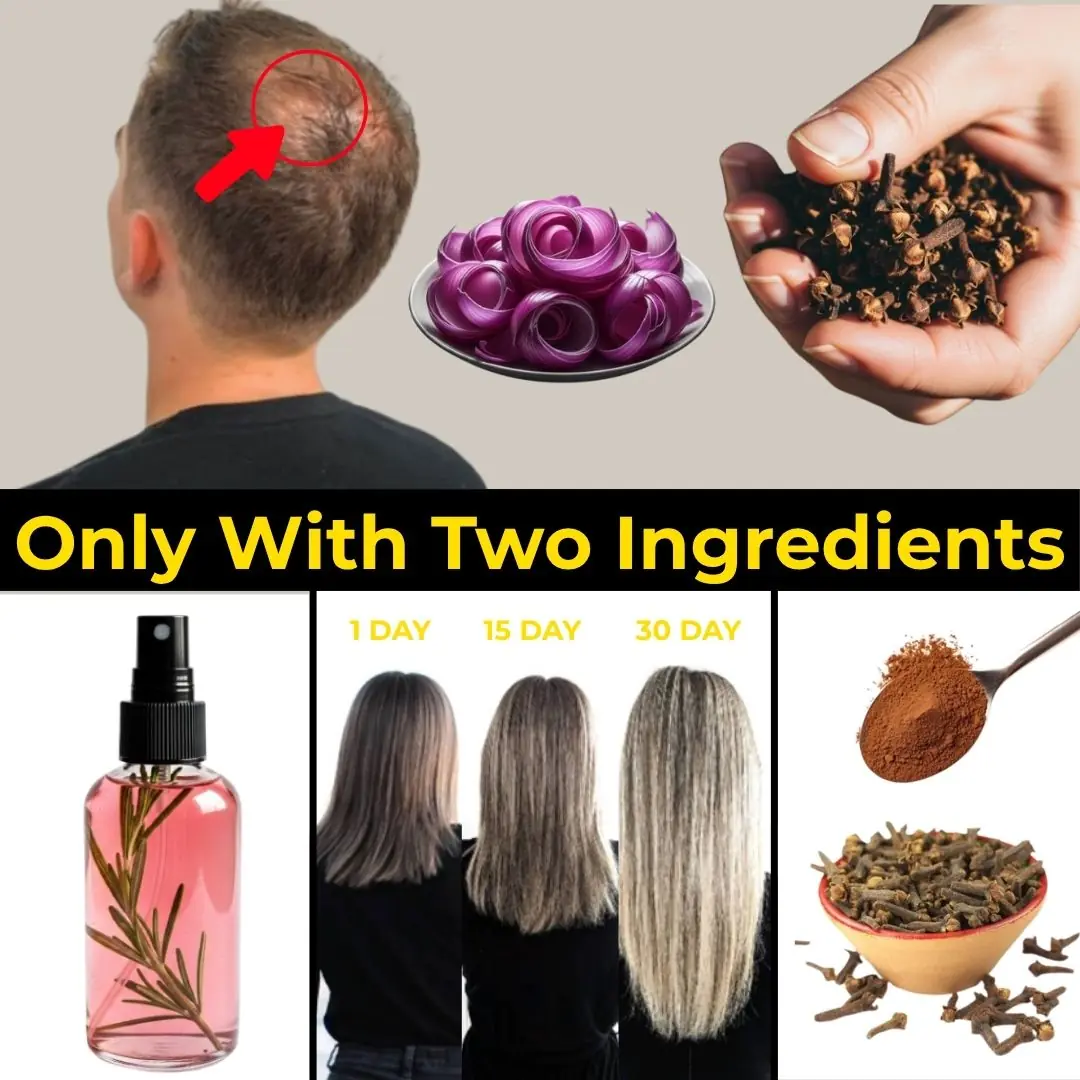
The Surprising Hair Growth Benefits of Cloves and Onion Peels

Don’t Toss That Avocado Pit: Surprising Health Benefits and Uses

Doctor Frank Suárez’s Natural Remedy to Eliminate Diabetes, Poor Circulation, Fatty Liver, Pancreas Issues, High Blood Pressure, Knee Pain, and Even Cancer

Improve Your Vision Naturally: Just One Spoonful of This Powerful Mixture Can Make a Difference

The Miracle Drink for Pancreas, Diabetes, Liver, Circulation & Cancer – All Natural and Free!

Explore the Benefits of Natural Remedies: Homemade Solutions for Removing Mucus and Phlegm – Stay Healthy the Natural Way
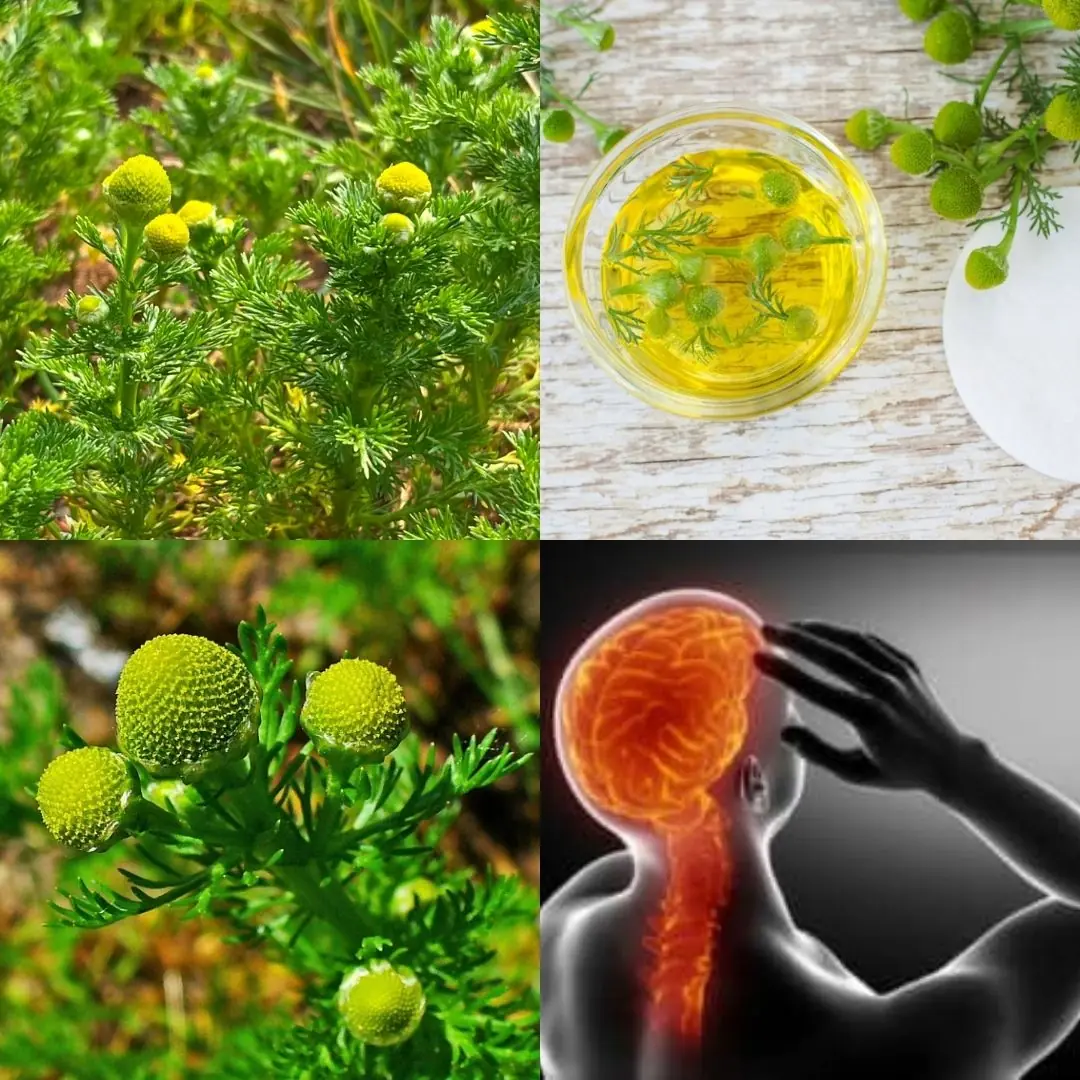
Discover Nature’s Hidden Gem: The Surprising Powers of Pineapple Weed
News Post

Cleanse Your Gut, Liver, and Kidneys in Just 3 Days – All Toxins Gone with This Watermelon Recipe!

The Morning Drink That Supports Healthy Weight Loss for Seniors

The Drink That Will Empty Hospitals in 2025: Cures Diabetes, High Blood Pressure, and Even Cancer Without Medication – Complete Recipe Below 👇

Don’t Ever Throw Away Eggshells Again After Reading This – You Won’t Believe How Useful They Are!

Eliminate Kidney Stones, Fight Urinary Tract Infections, and Reduce Prostate Inflammation—Naturally!

Anya, hi. I feel really awkward asking, but could you possibly lend me a couple thousand?

8 Clever Japanese Secrets to Eliminate Wrinkles — Even at Age 70!

Drinking Lemon Water Before Bed: 10 Surprising Health Benefits Most People Don’t Know

7 Reasons to Grow Purslane: The Superfood Weed You’ll Wish You Knew About Sooner

Discover the Benefits: Corn Silk Tea for Health and Wellness

‘Japanese Baba Vanga’ Foresees Catastrophic Event in July 2025 Affecting Millions

Entitled Man Blocked Our Garage, Picking a Fight, Then Threw His Business Card at Me — So I Turned It Into His Worst Nightmare

Our Gender Reveal Cake Arrived Grey – Then Our 6-Year-Old Revealed the Shocking Reason

My Ex's New Wife Bought My Daughter a $1,000 Prom Dress to Humiliate Me and Win Her Over — What My Daughter Did Left Everyone Speechless

10 Signs Your Body Is Begging for Vitamin D

9 Foods That Help You Breathe Easy (Improve Unhealthy Lungs)

At school, they laughed at the girl whose family had no roof over their heads

The Hidden Power of Mimosa Pudica: 30 Benefits and Homemade Uses
